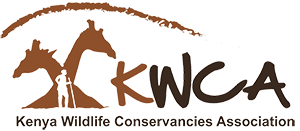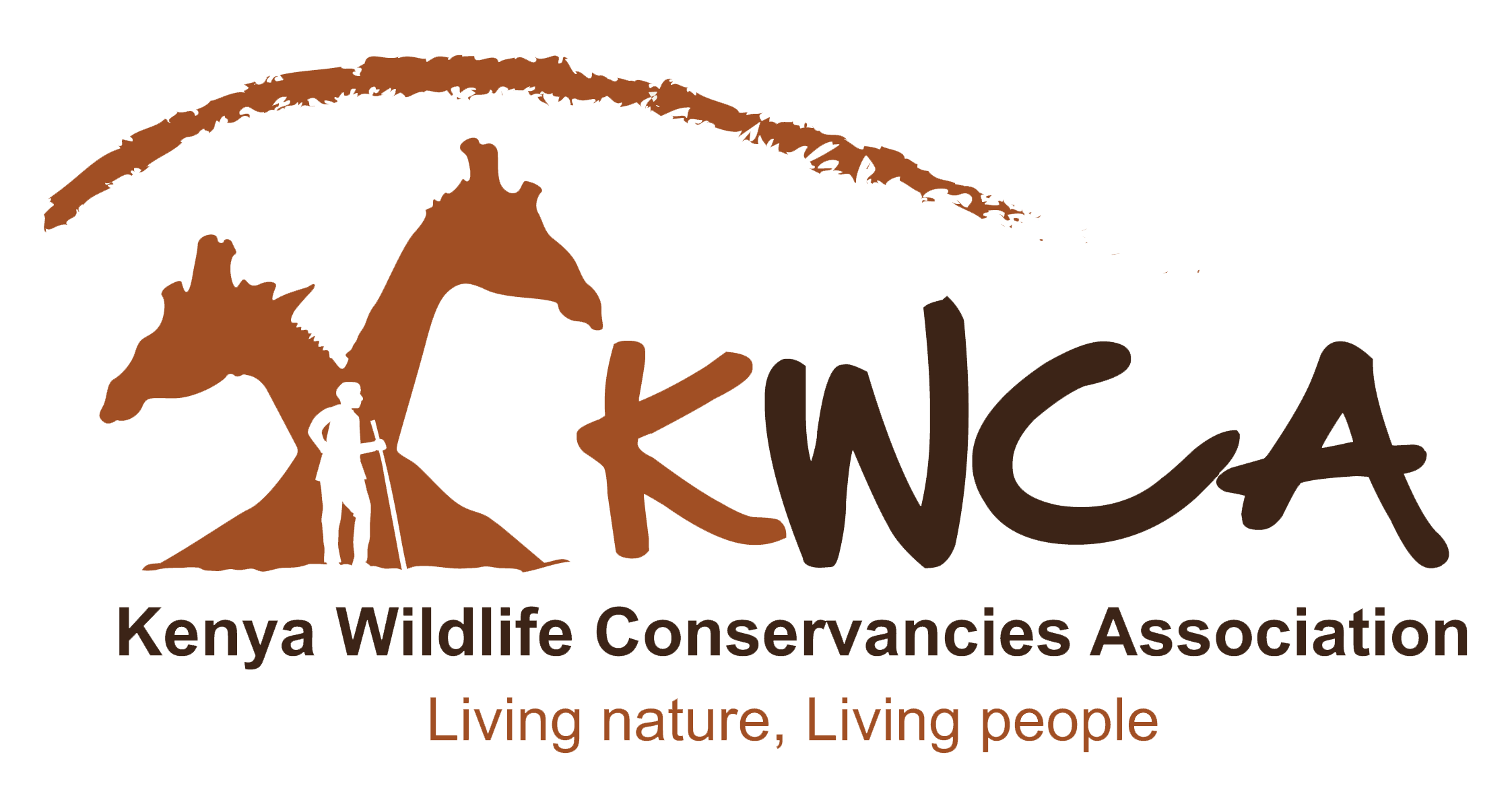Background
Travel and Tourism industry is a fundamental pillar for the world economy. The sector accounted for over 10 % of global GDP and created employment opportunities for some 319 million people as of 2018 with the figure expected to rise to 421 million people by 2029. Regionally, the sector accounted for 7.1 % of Africa’s GDP in 2018 generating some $168 billion to the continent.
In Kenya, the sector is a major contributor to the country’s economic development and growth contributing over 10% to the country’s GDP. In 2021, the country realised Ksh. 146.5 billion from inbound tourism, marking a 65.44% growth from the 2020 earnings.
The country’s rich wildlife resource-base is a vital cog in the travel and tourism industry. It is estimated that earnings from safari tourism accounts for 75% of national tourism. Kenya’s wildlife resources are found within State owned and managed protected areas and wildlife conservancies. A wildlife conservancy is land managed by an individual landowner, a body or corporate, group of owners or a community for purposes of wildlife conservation and other compatible land uses to better livelihoods. The conservancies have been recognised under section 39 of the Wildlife Conservation and management Act No. 47 of 2013 as a means to conserve wildlife, diversify tourism and create benefits to the host communities.
Currently, Kenya boasts of 167 conservancies, which cover over 6.35 million hectares of land (11% of Kenya’s land mass), directly benefiting over 930,000 households. The conservancies have over 130 tourism facilities with over 2,500 beds. The conservancies are equally ecologically important and host majority of the over 65% of Kenya’s wildlife found outside Protected Areas. Conservancies are homes to some of the world’s most endangered species, such as the Black and White Rhinos, Grevy’s Zebras, Hirola, Wild Dog, Giraffes and Elephants.
Despite the foregoing socio-economic and ecological potential of wildlife conservancies, their tourism performance is marginal. In 2016, the share of tourism income earned by conservancies amounted to a modest 1.3 percent of the total tourism earnings in that year. This dismal tourism performance by the wildlife conservancies has been attributed in part to inadequate public awareness of the conservancies and their tourism opportunities. Additionally, the level of tourism investment within the conservancies remains low with only 69 conservancies out of the 167 conservancies hosting tourism facilities.
To address this gap, KWCA and KTB entered into a Memorandum of Understanding on 3rd December 2020 to establish a framework for cooperation and partnership to promote Kenya’s wildlife conservancies as a niche tourist destination at national, regional and international levels.
Based on the foregoing, Kenya Wildlife Conservancies Association (KWCA), a national landowner led membership organisation established in 2013 to serve the interests and collective voice of wildlife conservancies in Kenya, seeks to engage a consultant to develop Conservancies Tourism Marketing Strategy to guide the effort to promote tourism and increased investment in conservancies. The strategy is aimed at positioning conservancies as niche destinations marketed by international and national travel agencies resulting in increased investment and higher domestic and international tourism market share. Growth in tourism income to conservancies will result in improved conservancy management and community benefits.
The Goal of Consultancy
From a tourism perspective, conservancies are often recognised as secondary places to visit. This is notwithstanding the huge potential of conservancies acting as viable areas for spreading the tourism foot prints, reduce congestion and provide new opportunities for new tourism investments. According to a World Bank report, 18 of 20 sites with highest diversity and density of wildlife are in conservancies.
At a national level, there is information gap on existing conservancies and the tourism opportunities they provide. Marketing wildlife conservancies have largely been a preserve of individual tourism operators or at times specific conservancies with lack coordination at a national level. These individualised marketing efforts have often led to the minimal impacts and dismal performance of wildlife conservancies in terms of tourism market share. This has also catalysed the ever widening gap in tourism performance with well-established and financially endowed conservancies dominating the markets compared to their not so well established counterparts.
In order to harmonise and ensure coordination of marketing of conservancies in the country, KWCA seeks to recruit a consultant to develop a Conservancies Tourism Marketing Strategy. The following specific activities shall be undertaken:
- Review national tourism strategies including National Tourism Blueprint 2030, Kenya Tourism Agenda 2018-2022, Domestic Tourism Recovery Strategy, among others
- Carry out an analysis of existing marketing outlets, information packages and the effectiveness of the existing strategies to market conservancies
- Hold key informant discussions with the industry experts including conservancy based tourism investors to ascertain the clientele information needs and target audience for conservancy specific marketing materials.
- Document the uniqueness of the conservancy tourism offerings and attractions, facilities and activities that position conservancies as a means of diversifying tourism in Kenya
- Design a marketing strategy to be deployed by KWCA and KTB in increasing visibility of conservancies
Qualification and Experience
- A university degree in tourism and related fields
- Experience in tourism sector in Kenya
- Excellent communication and writing skills
Deliverables
- Work plan describing proposed activities and timelines of carrying out the assignment,
- A draft conservancies marketing strategy to be subjected to KWCA’s and KTB’s review
- A final conservancy marketing strategy
Submission of Expression of interest
Interested candidates should submit a technical and financial proposals based on the terms of reference outlined above to [email protected] by 22nd March 2022.
- The technical proposal and budget
- Curriculum vitae of the consultant (s)
Posted on

